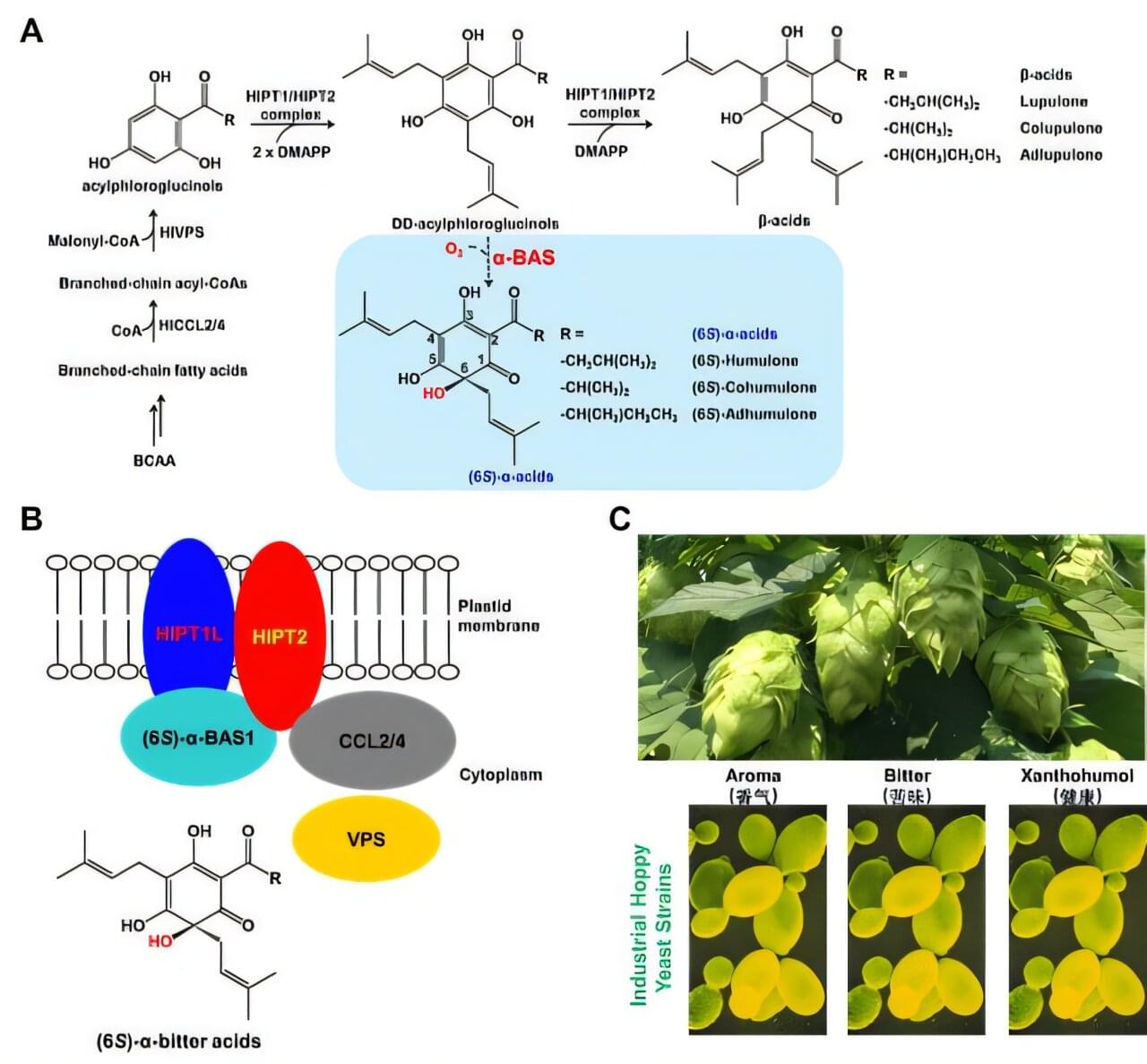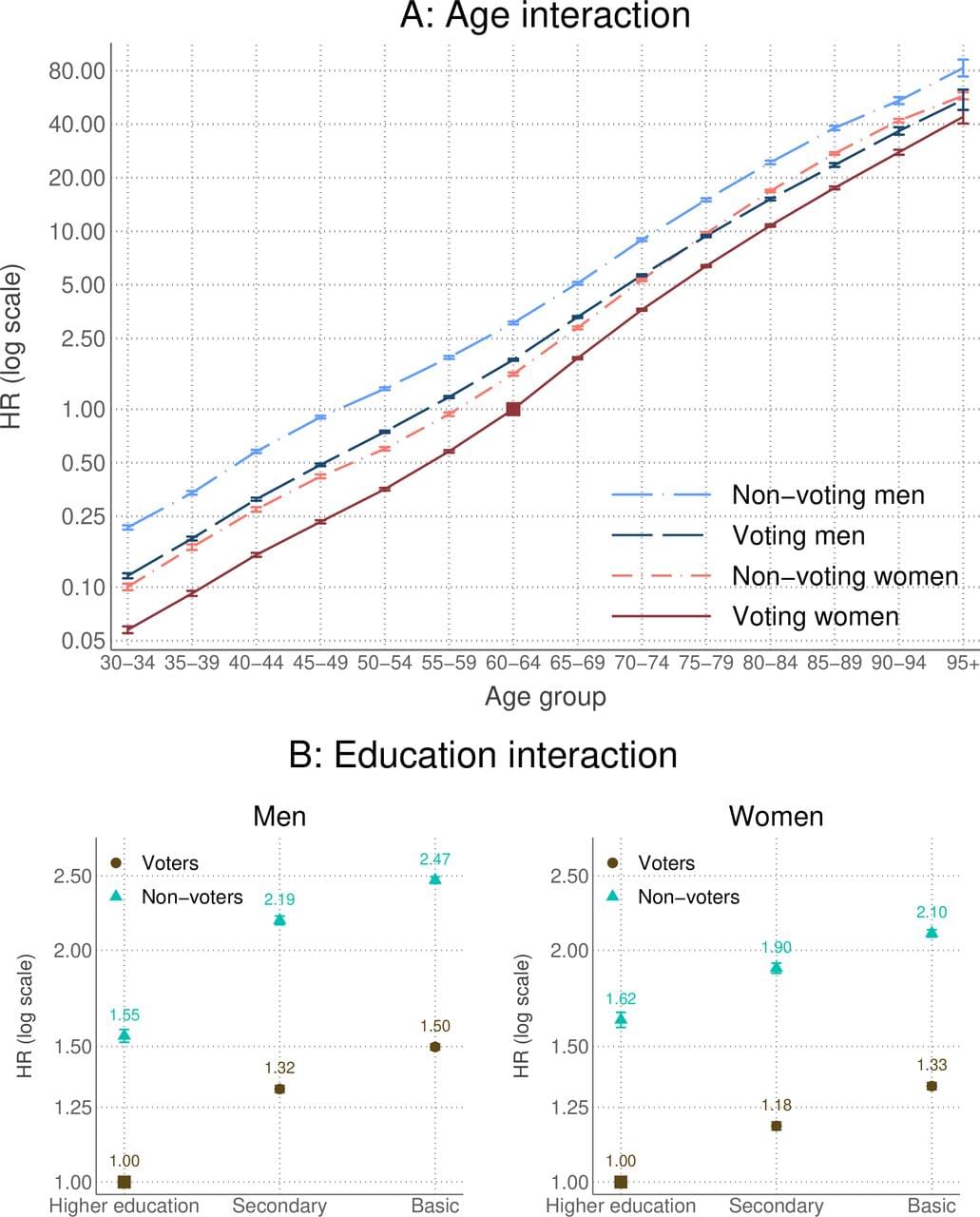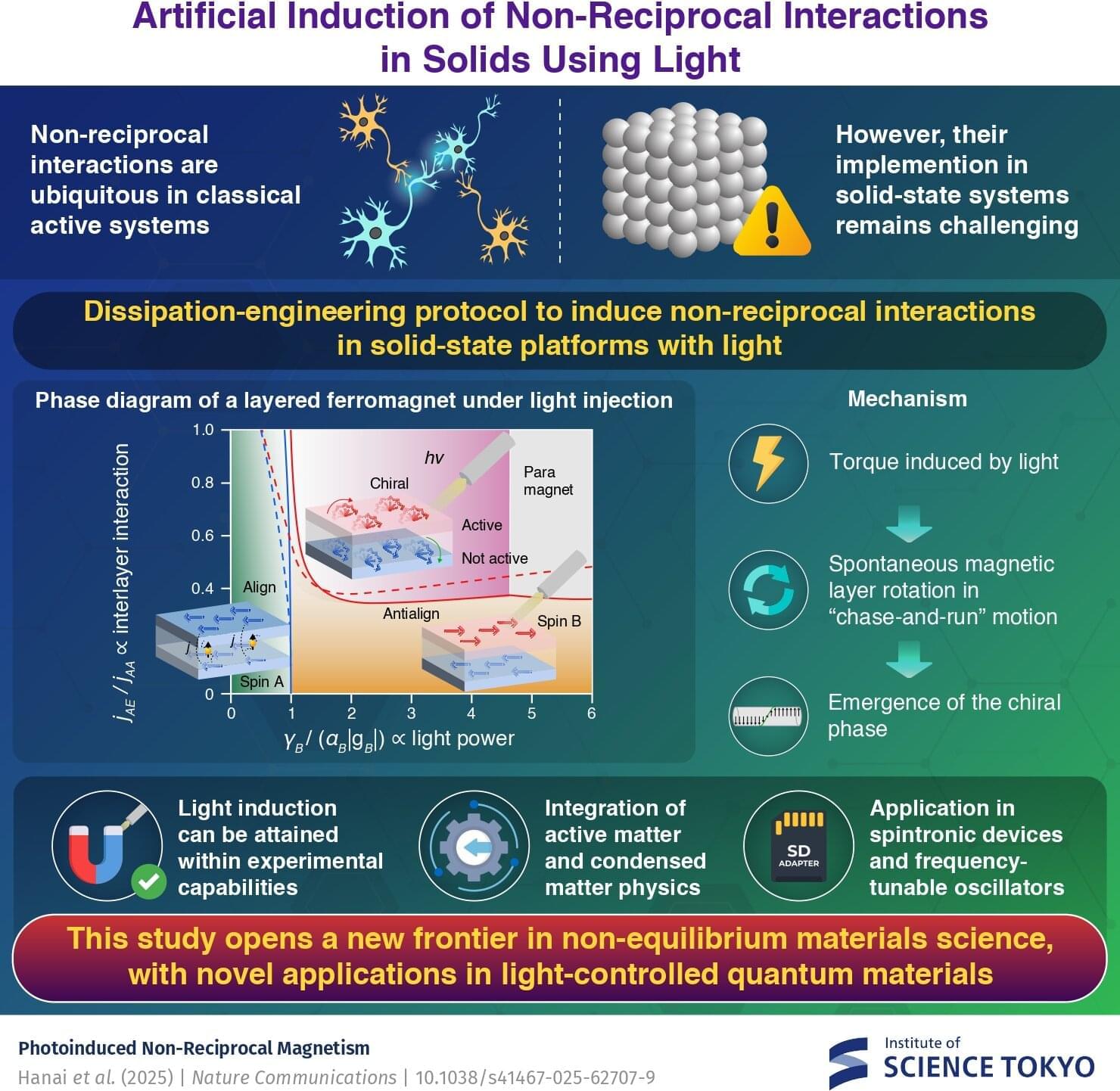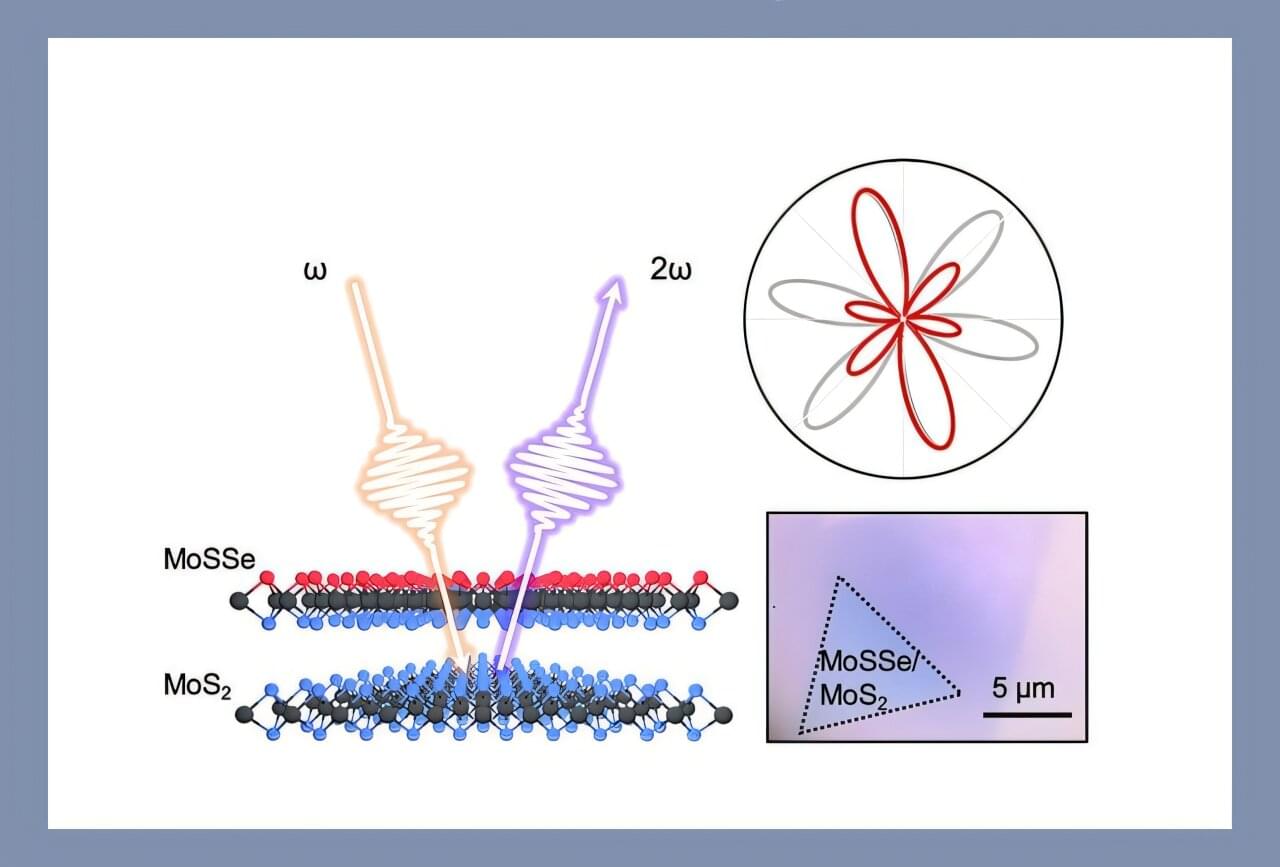Behind the Sun, the comet appears to show signs of acceleration beyond what is expected by gravity. And for reasons not yet clear, it appears to have changed color.
Get the latest international news and world events from around the world.

We doubled human lifespans in the last 200 years. Can we do it again? | Andrew Steele
“Over the last 10 or 15 years, scientists have really started to understand the fundamental underlying biology of the aging process. And they broke this down into 12 hallmarks of aging.”
Up next, Why 2025 is the single most pivotal year in our lifetime | Peter Leyden ► • Why 2025 is the single most pivotal year i…
We track age by the number of birthdays we’ve had, but scientists are arguing that our cells tell a different, more truthful story. Our biological age reveals how our bodies are actually aging, from our muscle strength to the condition of our DNA.
The gap between these two numbers may hold the key to treating aging – which could help save 100,000 lives per day and win us $38 trillion dollars.
00:00 Rethinking longevity.
01:27 Understanding aging.
02:58 Biological age and epigenetics.
04:29 New frontiers in longevity science.
08:04 Future possibilities and ethical questions.
10:24 The moral debate around living longer.

How hops produce chiral α-bitter acids that give beer its signature taste
Hops are an essential ingredient in beer brewing and an important economic crop. The female flowers of hops are covered in tiny glandular trichomes that synthesize and store a variety of specialized metabolites, collectively defining the flavor and quality of beer. Terpenes provide the distinctive aroma, xanthohumol has potent antioxidant properties that benefit human health, and α-bitter acids give beer its characteristic bitterness.


Voting is a stronger determinant of mortality than education: a full-electorate survival analysis with 21-year follow-up
Background Although voting is recognised as a social determinant of health, the association between electoral participation and subsequent mortality at an individual level has not been established.
Objective To assess whether voters and non-voters differ in mortality risk.
Methods We used register-based information on electoral participation in the 1999 parliamentary elections from the full electorate of at least 30-year-old Finnish citizens living in mainland Finland linked to registers containing sociodemographic and mortality information by Statistics Finland. Mortality was assessed with Cox proportional hazards regression models, with follow-up until the end of 2020 (n=3 185 572 individuals; 58 133 493 person-years; 1 053 483 deaths).

Women perceive sleek and shiny hair as healthier and more youthful, study finds
Straight-aligned hair paired with higher shine evokes the appearance of greater youth, health, and attractiveness, according to researchers at The Procter & Gamble Company, which owns several brands of hair care products, including ones designed to make hair shinier.
Studies on appearance often center on facial shape and skin condition. Previous studies also note that skin topography and coloration can influence judgments of age, health, and attractiveness across populations. Facial studies often remove hair cues to avoid biasing feature focused framing of perception.
Hair holds social cues that observers can read quickly. Work with computer-rendered hair has tied diameter, density, style, and color to shifts in perceived age, health, and attractiveness, and some studies previously associated healthier-looking hair with the appearance of better reproductive health.

Unprecedented black hole flare spotted 10 billion light-years away
The most massive stars in the universe are destined to explode as brilliant supernova before collapsing into black holes. Yet one huge star appears to have never fulfilled its destiny; in a twist of irony, the star wandered too close to a gargantuan black hole, which gobbled it up, shredding the star to bits and pieces.
That is the most likely explanation to come from authors of a new study published in Nature Astronomy describing the most powerful and most distant flare of energy ever recorded from a supermassive black hole.
The cosmic object was first observed in 2018 by the Zwicky Transient Facility (ZTF), based at Caltech’s Palomar Observatory, and the Caltech-led Catalina Real-Time Transient Survey. The flare rapidly brightened by a factor of 40 over a period of months, and, at its peak, was 30 times more luminous than any previous black hole flare seen to date. At its brightest, the flare shined with the light of 10 trillion suns.

Photoinduced non-reciprocal magnetism effectively violates Newton’s third law
A theoretical framework predicts the emergence of non-reciprocal interactions that effectively violate Newton’s third law in solids using light, report researchers from Japan. They demonstrate that by irradiating light of a carefully tuned frequency onto a magnetic metal, one can induce a torque that drives two magnetic layers into a spontaneous, persistent “chase-and-run” rotation. This work opens a new frontier in non-equilibrium materials science and suggests novel applications in light-controlled quantum materials.
In equilibrium, physical systems obey the law of action and reaction as per the free energy minimization principle. However, in non-equilibrium systems such as biological or active matter—interactions that effectively violate this law—the so-called non-reciprocal interactions are common.
For instance, the brain comprises inhibitory and excitatory neurons that interact non-reciprocally; the interaction between predator and prey is asymmetric, and colloids immersed in an optically active media demonstrate non-reciprocal interactions as well. A natural question arises: Can one implement such non-reciprocal interaction in solid-state electronic systems?

Light can reshape atom-thin semiconductors for next-generation optical devices
Rice University researchers studying a class of atom-thin semiconductors known as transition metal dichalcogenides (TMDs) have discovered that light can trigger a physical shift in their atomic lattice, creating a tunable way to adjust the materials’ behavior and properties.
The effect, observed in a TMD subtype named after the two-faced Roman god of transitions, Janus, could advance technologies that use light instead of electricity, from faster and cooler computer chips to ultrasensitive sensors and flexible optoelectronic devices.
“In nonlinear optics, light can be reshaped to create new colors, faster pulses or optical switches that turn signals on and off,” said Kunyan Zhang, a Rice doctoral alumna who is a first author on a study documenting the effect. “Two-dimensional materials, which are only a few atoms thick, make it possible to build these optical tools on a very small scale.”